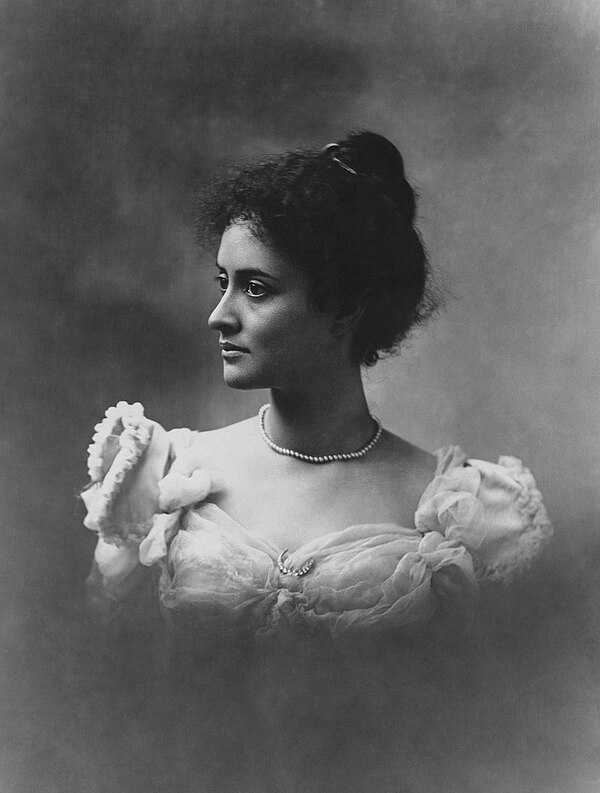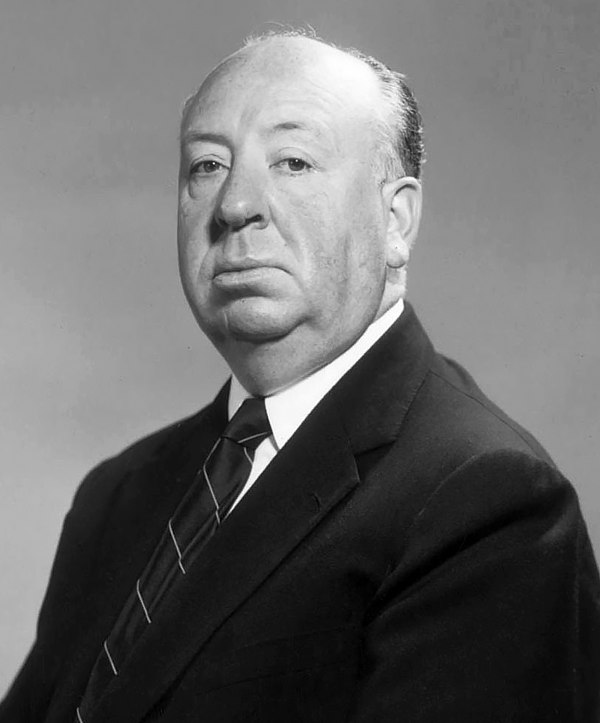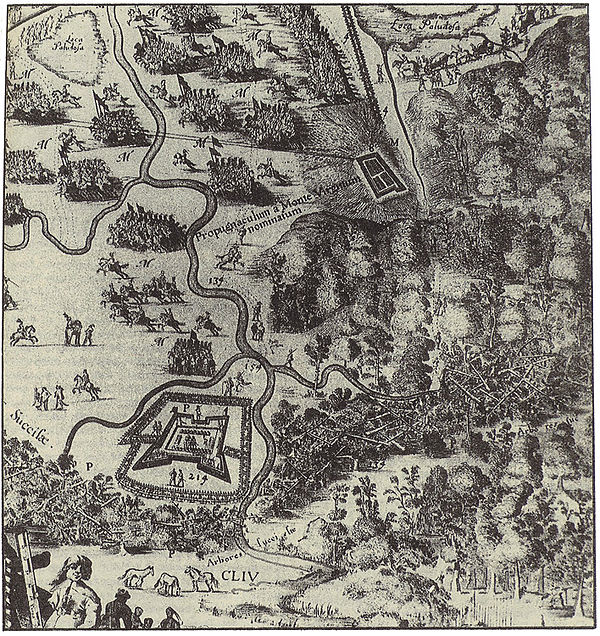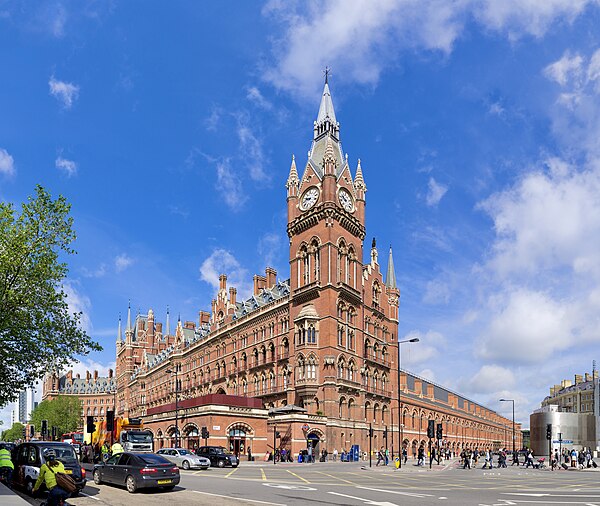20251019
From today's featured article
U.S. Route 34 in Iowa is a United States Highway that runs across the southern third of Iowa. It begins on a bridge over the Missouri River west of Glenwood and travels east where it meets Interstate 29 (I-29) and US 275. Through southwestern Iowa, the highway is, for the most part, a two-lane rural road with at-grade intersections; there are interchanges with US 59 near Emerson and US 71 near Stanton and Villisca. At Osceola, the highway intersects I-35 and US 69. Just east of Ottumwa, where the road meets US 63, the road joins the four-lane Iowa 163 for the remainder of its trek through the state. At Mount Pleasant, it overlaps US 218 and Iowa 27, the Avenue of the Saints Highway. From there, the road heads to the southeast where it crosses the Mississippi River on the Great River Bridge at Burlington. US 34 was one of the original U.S. Highways when the system was created in 1926. Several widenings and improvements have been made to the highway since its original construction. (Full article...)
Did you know ...
- ... that, as the University of Edinburgh's chaplain, Harriet Harris (pictured) appointed more than 40 honorary chaplains to serve traditions including Daoism, humanism, paganism and mindfulness?
- ... that Badingah became the first female regent of Gunung Kidul after her predecessor died of a heart attack?
- ... that First Nations actor and musician Erroll Kinistino grew up in a two-room, mud-shack cabin?
- ... that impersonations of United States immigration officials have become a chronic crime problem in 2025?
- ... that Gilles of Saumur was given the Roman Catholic Archdiocese of Tyre as compensation for the loss of the Archdiocese of Damietta during the Seventh Crusade?
- ... that the 71-year-old Jackie Chan performed all his own stunts without using doubles in The Shadow's Edge?
- ... that Angus Watt was a financial advisor, broadcaster, diplomat, and colonel all at the same time?
- ... that the Paraguayan Regional Workers' Federation named and shamed known strikebreakers in its newspaper?
- ... that PETA wrote a letter to the CEO of Nintendo over a Cow?
In the news
- Michael Randrianirina becomes President of Madagascar after Andry Rajoelina (pictured) flees the country following mass protests and a military coup.
- Joel Mokyr, Philippe Aghion, and Peter Howitt are awarded the Nobel Prize in Economics for their research on the impacts of technology on economic growth.
- Hamas and Israel commence a ceasefire and release hostages and prisoners as part of the Gaza peace plan.
- Flooding and landslides in Mexico leave more than 70 people dead.
On this day
- 1864 – American Civil War: Despite incurring nearly twice as many casualties as the Confederates, the Union army emerged victorious at the Battle of Cedar Creek.
- 1943 – World War II: Allied aircraft sank the German cargo ship Sinfra, killing mostly Italian POWs.
- 1955 – At a meeting of its general assembly, the European Broadcasting Union approved the staging of the first Eurovision Song Contest.
- 1965 – Vietnam War: The Siege of Plei Me began with the first major confrontation between soldiers of the North Vietnamese Army and the U.S. Army.
- 2005 – Hurricane Wilma (pictured) became the most intense Atlantic hurricane on record with a minimum atmospheric pressure of 882 mbar (26.05 inHg).
- Annie Smith Peck (b. 1850)
- Edna St. Vincent Millay (d. 1950)
- Yayan Ruhian (b. 1968)
- Fred Keenor (d. 1972)
Today's featured picture

Christ Church Cathedral is a cathedral of the Church of England in Oxford, England. It is the seat of the bishop of Oxford and the principal church of the Diocese of Oxford. It is also the chapel of Christ Church, one of the colleges of the University of Oxford; this dual role is unique in the Church of England. The first church on the site was a nunnery and parish church that was burnt during the St Brice's Day massacre in 1002; it was re-founded as a priory of Augustinian canons by 1122. This was suppressed in 1524 by Cardinal Thomas Wolsey, who intended to demolish the church in order to found a new college on the site. After Wolsey fell from favour in 1529, the project was taken over by Henry VIII, who preserved the church. When the Diocese of Oxford was created in 1542, its cathedral was the former Osney Abbey, which was supplanted by Christ Church in 1546. This picture shows the choir of Christ Church Cathedral, looking east towards the altar.
Photograph credit: David Iliff



































































































































